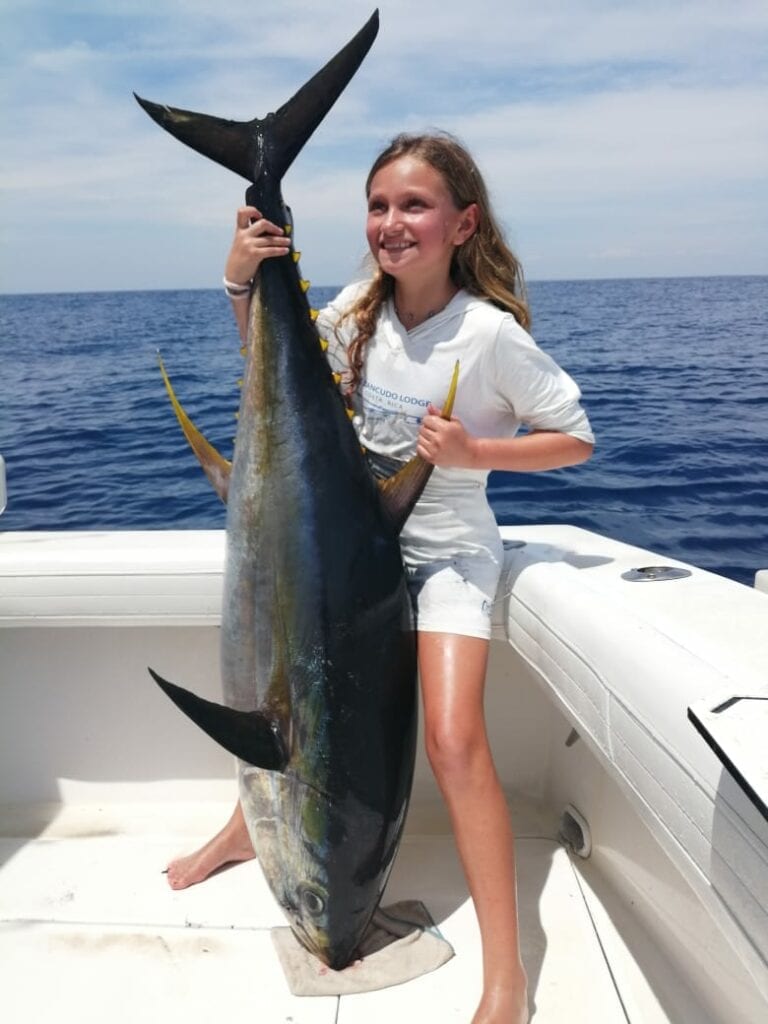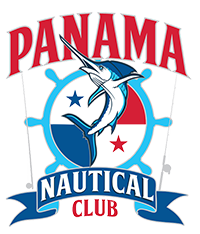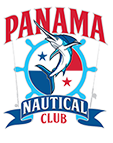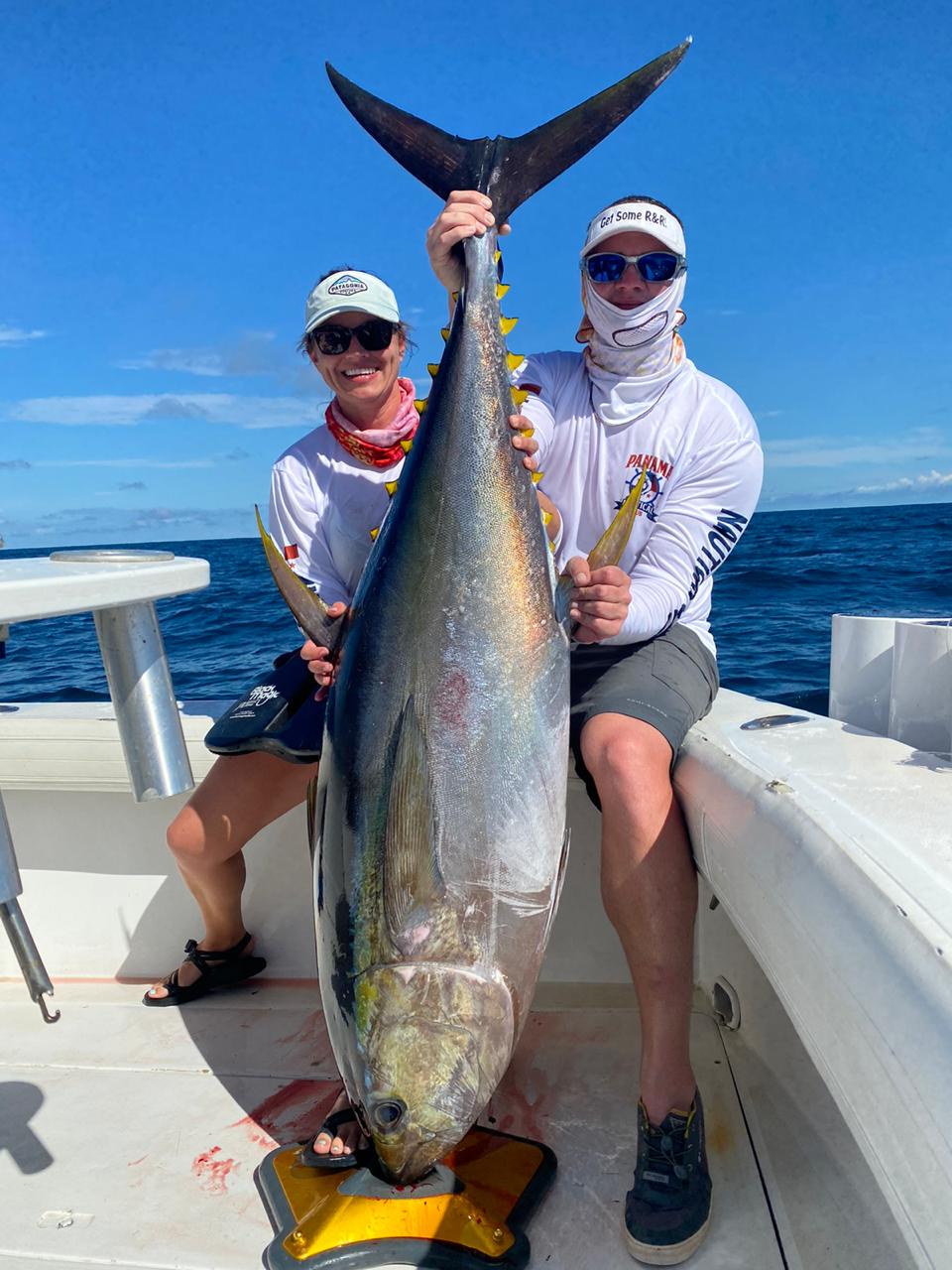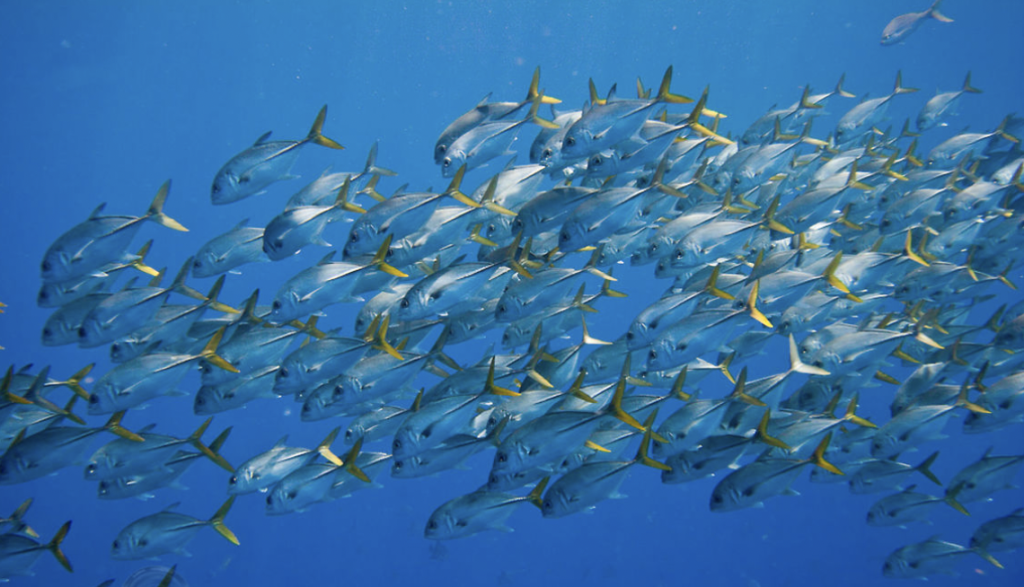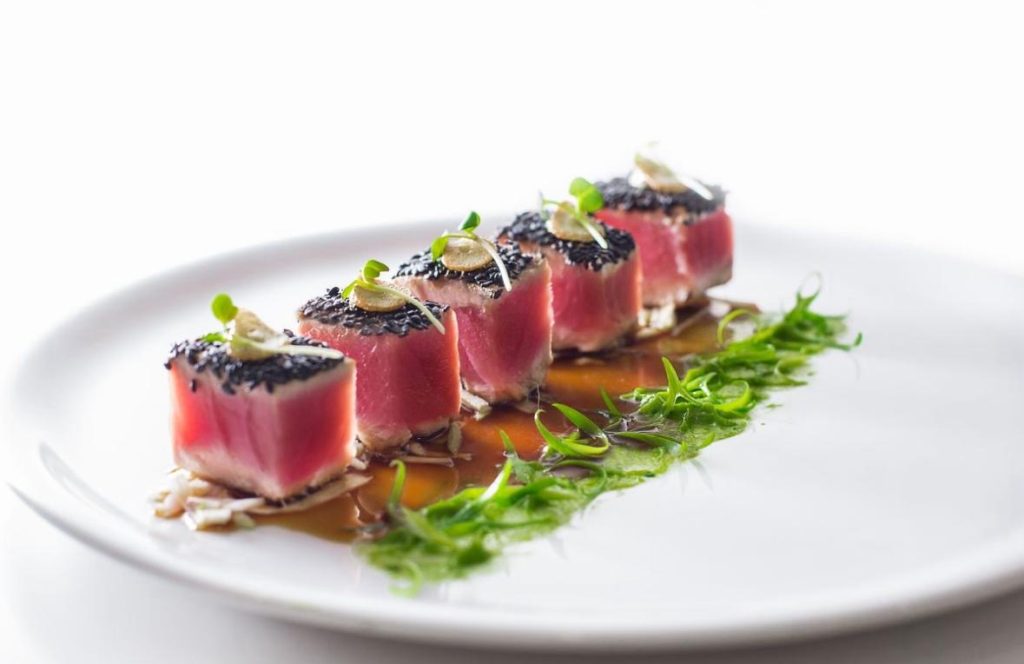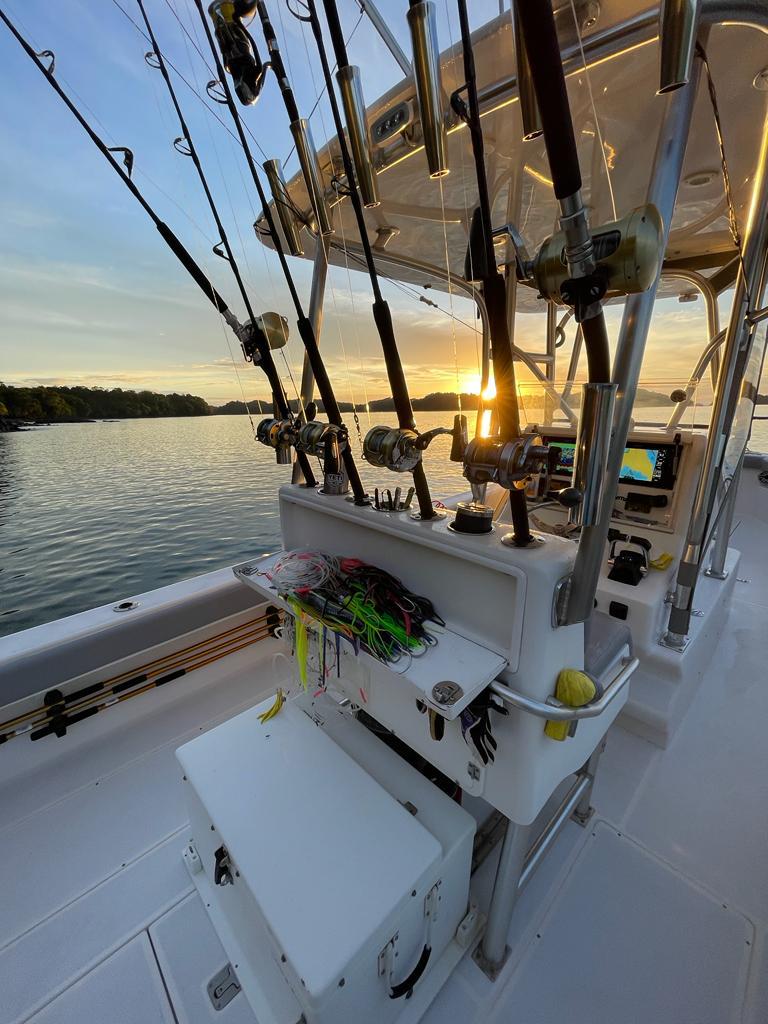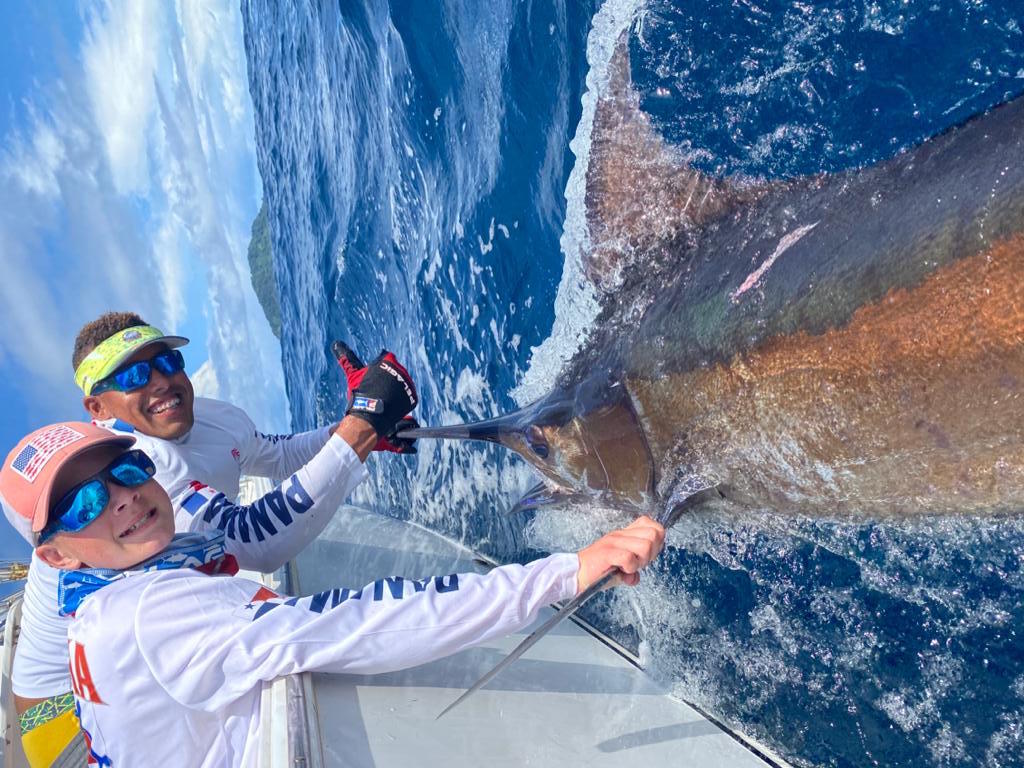Yellowfin tuna Thunnus albacares (also referred to as ahi tuna) are incredibly popular worldwide among sport fishermen. Panama’s tuna fishing benefits from the presence of enormous schools of baitfish, including bonitos, skipjacks, and flying fish. This abundance of bait serves as a magnet for tuna, leading to incredible fishing action and providing the perfect opportunity to try your hand at various fishing techniques. Anglers world-wide have been traveling to Panama for rod-bending sessions with tuna season after season.
Where and how is yellowfin tuna caught?
Each year around February, massive schools of Yellowfin Tuna start migrating northwards towards the Gulf of Chiriqui. They come here to feed off spawning squid, baitfish and sardines. By mid March, they are spotted in large quantities around Isla Montuosa and the famous Hannibal Bank and you can find large yellowfin tuna. Between March and July, tuna fishing is at its height and you can see the most tuna action in the area, also referred to as tuna frenzies.
Tuna frenzies occur when schools of tuna stack bait (blue runners) on the surface. The bait are stuck with nowhere to go, and pack themselves into tight balls composed of thousands and thousands of fish. When the baitfish are in this spherical formation, the tuna attack from all angles. It very quickly turns into absolute chaos, with some attacks breaking surface of the water and some bait clinging to logs for shelter. Some bait literally lay flat on the surface of the logs in an attempt to save their lives. It is also very common to see schools of dolphins circling around the baitfish as well as birds catching in on some action from above. It one of the most incredible marine spectacles to witness.
How far offshore to catch tuna?: Our fishing lodge, Panama Nautical Club is located 40 nautical miles away, approximately 1h15 from famous fishing grounds including Isla Montuosa and Hannibal Bank where large yellowfin tunas are spotted during the migration.
How long is yellowfin tuna fish season
While in other parts of the world, tuna fishing season is limited to certain months, in Panama, you can enjoy year-round fishing opportunities. There is no real off-season for tuna fishing in Panama, unless you are after a trophy-sized tuna. If that’s the case, then we recommend the months between March and July (with June being the peak) for a higher chance of hooking a tuna of a lifetime. Panama tuna fishing action can last through to mid August, so there is a good window to experience one of the most exciting fights!
How big do yellowfin tuna get?
The current all-tackle world record is 427 pounds, caught off Cabo San Lucas, Mexico, in 2012. The lifespan of a yellowfin tuna averages around 6 to 7 years, with tuna reproducing at age 2 or 3 years old. They can grow up to 6ft long and up to 400 pounds! You could expect a baby yellowfin tuna (under 1 year old) to weigh under 10 pounds. At 2 years old the tuna should weigh around 35 pounds, 3 years around 70 pounds. Over 4 years old, yellowfin tuna can start to weigh over 15 pounds.
In comparison to it’s bluefin counterpart, they are smaller. Atlantic bluefin tuna are the largest species of tuna, with some reaching up to 13 feet long and 2000 pounds.
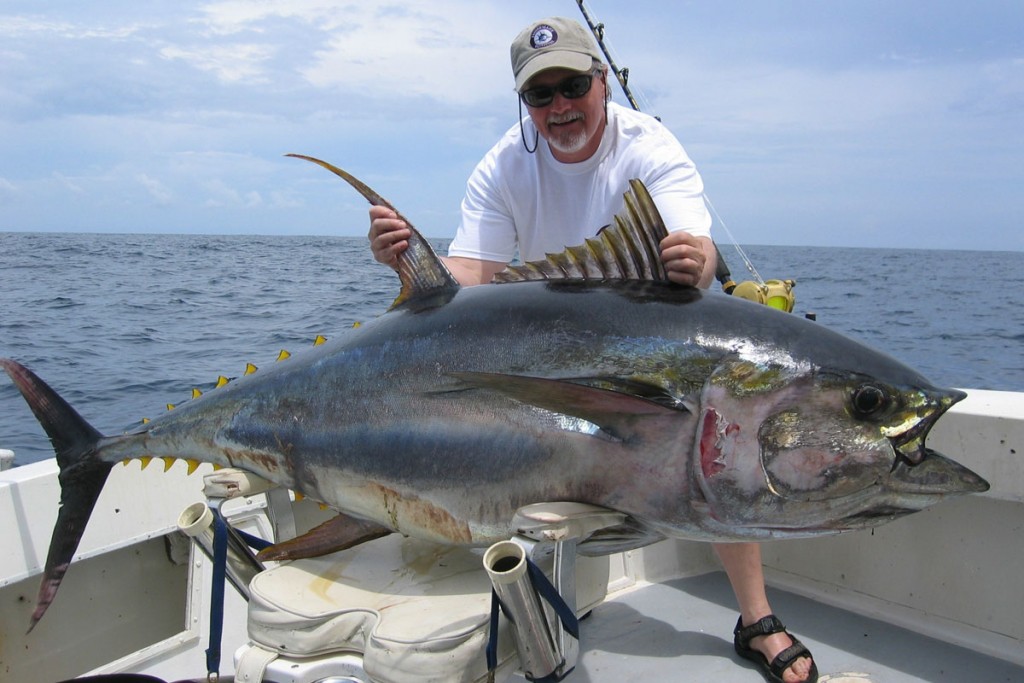
Tactics for Landing Tuna
Catching a tuna relies heavily on the skill of the skipper. Boat handling when approaching boiling tuna is critical and often misunderstood. Panama Nautical Club uses a number of different methods when fishing tuna in Panama.
To increase our chances of success, our method and bait selection will depend greatly on what the tuna are feeding on at the time. It will either be:
- Live bait rigged to skip and swim, typically we rig Bonita or blue runners for trolling tuna. Live bait is rigged on arrival and slow trolled in hoping to gaining interest. Usually, this method gets the most action.
- Top water casting with stick bait is very successful when the tuna are boiling on the surface.
- Chumming the water with frozen sardines is a great method to bring the tuna to the surface.
- Jigging can also be highly successful for yellowfin with a artificial lure.
How many tuna can you catch a day
In peak months, it isn’t uncommon to hear boats with a count of 20+ yellowfin per day.
Fighting a Large yellowfin Tuna
Large yellowfin tuna is a highly prized catch in the Sport. Many say “pound for pound” Panama Yellowfin Tuna is one of the most challenging catches.
Consider booking a vessel with a fighting chair if you are serious about landing a large 350 lb cow tuna. Our guides understand the habits and habitats of the tuna, which can make all the difference. At Panama Nautical Club, you can choose between 5 sportfishing boats including 33ft BlackFins and centre consoles. Vacuum sealing of your catch is also available during your stay. If you are planning a Panama Tuna Fishing Trip and need some advice please don’t hesitate to contact us.
